Learn
Struggles
Homeless in the "Hoovervilles"
By 1931, there were 15,000 homeless people in New York. People had to make shelters from whatever scrap wood, tin, and even cardboard they could find.
These make-shift shelters built by the homeless created shanty towns that became known as Hoovervilles to mock President Hoover and his lack of policy to help the poor.



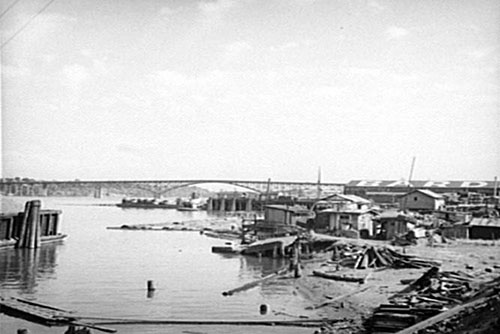
Dust Bowl
To make matters worse for the nation, environmental disasters combined with harmful farming practices caused serious problems for the Great Plains the vast grassland prairie region of the United States.
The Dust Bowl is the name of a region in the Great Plains that had a period of drought and devastating dust storms during the 1930s. Causes of the Dust Bowl included: drought, high winds, dry farmingfarming on non-irrigated land with little rainfall, and over production.
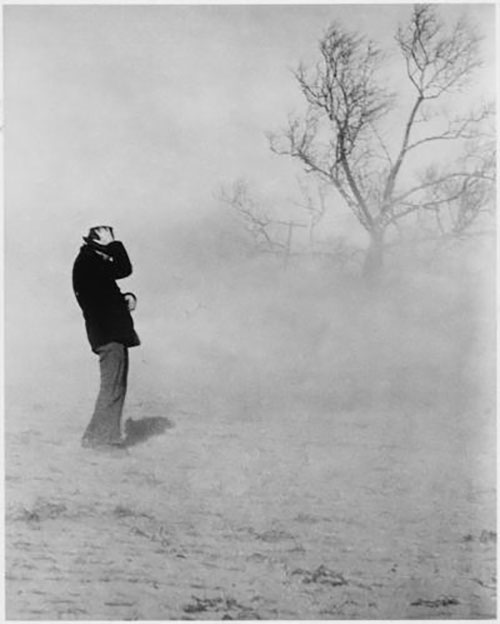
Imagine the devastation caused by a dust storm of this magnitude sweeping across a farm and city
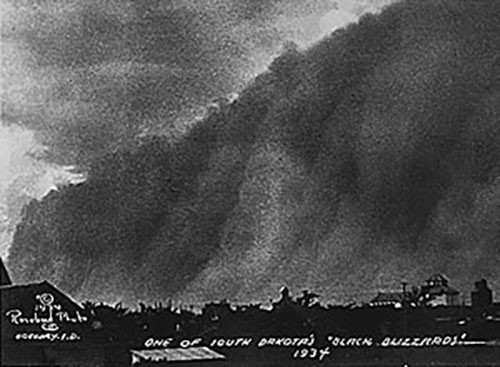
Migratory Workers
The conditions created by the Dust Bowl caused farmers to give up and leave the plains. In Oklahoma, 440,000 people, nicknamed "Okies," were forced to leave. In Kansas, another 300,000 people left their homes during the 1930s.
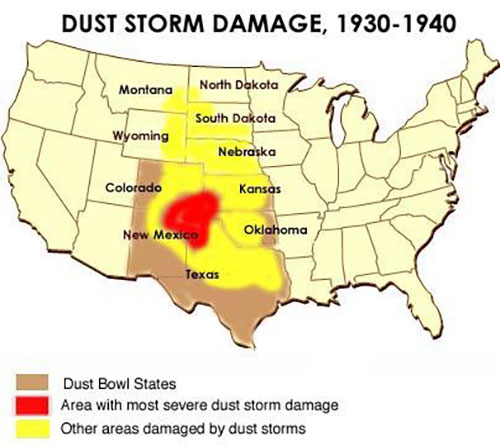
Over three million people left the Great Plains during the 1930s in the greatest migratory movement in American history.
Many of these people, known as migratory workers, moved to agricultural regions, especially in California, looking for seasonal work during the Dust Bowl.
Listen to Woody Guthrie's song, "Going Down the Road Feeling Bad."

Migratory Workers – Dorothea Lange
Dorothea Lange was a photo journalist who photographed migrant workers during the Great Depression. Her photographs inspired the book The Grapes of WrathAmerican novel about a family who sets out for California because they were trapped in the Dust by John Steinbeck.
Langes most famous work was the picture of the "Migrant Mother" that you analyzed in the explore activity. The image is considered to be the "face" of the depression.
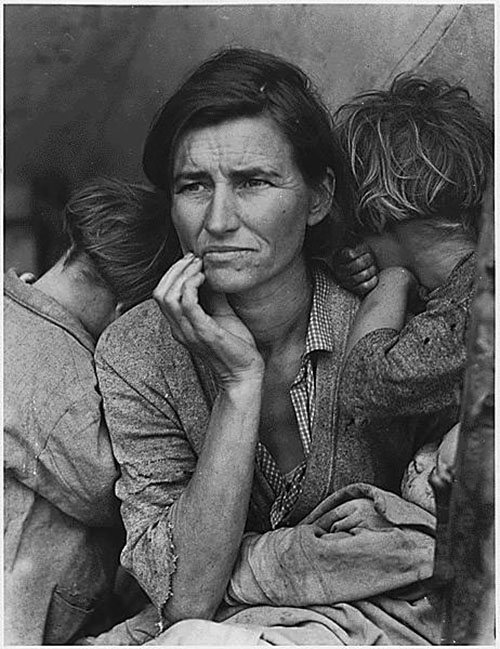
California
Hollywood films pictured California as the land of plenty and farmers set off on Route 66 in search of a new dream.
Though California held hope for Dust Bowl families, as they headed west, they lived in poverty, setting up migrant work

Poverty Strains on Society
The Depression took a serious physical and psychological toll on the entire nation.
It impacted health: Thousands of Americans went hungry during the Depression. Children suffered the most, with long-term health effects caused by poor diet and health care.
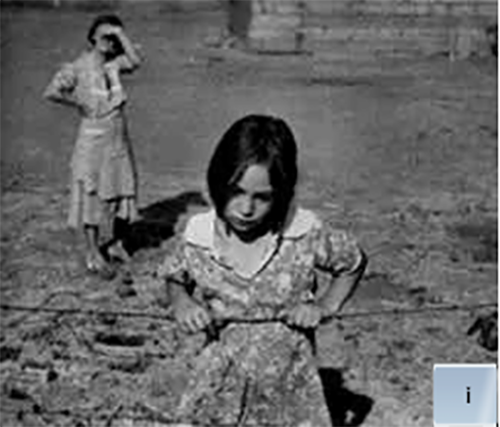
Listen to Louis Armstrong's "All of Me."
The girl on the left in the picture directly below has bone tuberculosis. Many children suffered from rickets and other defects of the bone due to lack of certain vitamins
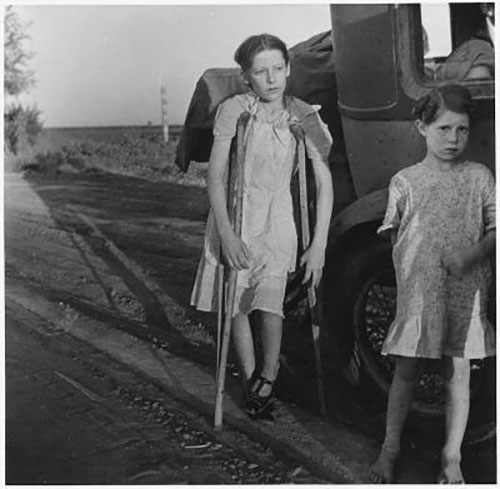

It impacted education: Children still went to school during the Depression, but many schools closed due to lack of funding. Some states went to extreme efforts to keep schools running, cutting back in some areas such as cafeteria workers or sports teams.
Sometimes, teachers would significant period of time until the community was able to get enough money or just pay in food or gas.

It impacted family structure: Many families moved in together to keep from living on the streets.
Men, who were typically seen as the heads of households and "bread winners/' felt like failures.
The women who did manage to find work were often accused of taking jobs from men and were often fired.
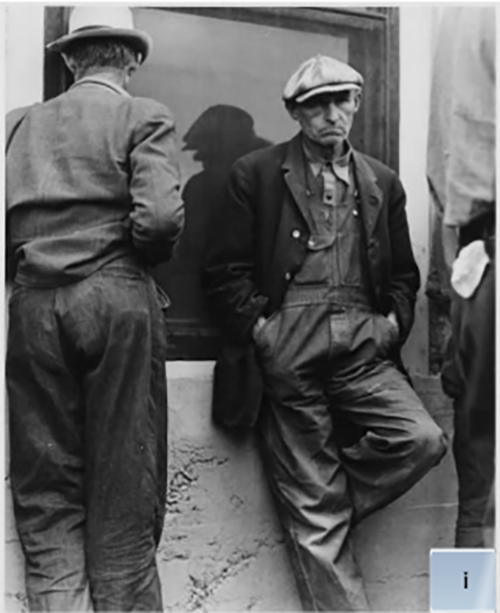
Discrimination Increased
Societal problems like discrimination often escalate during times of economic hardship. The Depression was no exception. Black unemployment soared to 56%. It was as high as 75% in some areas like Detroit.
Lynching increased and examples of minorities being denied civil rights were everywhere. Thousands of Hispanics and Asian- Americans were deported during the 1930s.
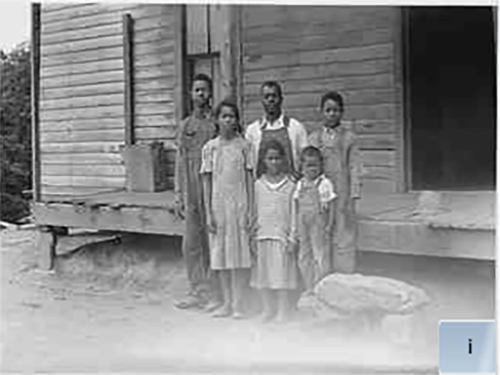
Discrimination Photograph Analysis
Examine the photograph below, then read the questions below to further analyze the image
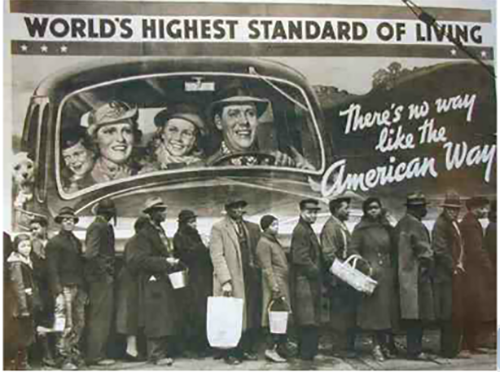
- Notice the caption on the billboard in this picture. America really did have a higher standard of living than most countries around the world despite the global depression.
- Notice the differences between the ad and the people standing in line. Everyone in the car looks happy and prosperous, despite the economic hard times.
- Notice the racial divide in the picture. Also, everyone in line looks tired and frustrated, no doubt from economic and social hardships.
The Scottsboro Boys
One example of the increased discrimination is the case of the Scottsboro Boys. The Scottsboro Boys were nine African American teenagers unjustly accused of raping two white women in Alabama in 1931.
The young men would have likely received a harsh and unjust punishment. However, they received assistance from outside sources (lawyers from the communist party) to defend themselves.
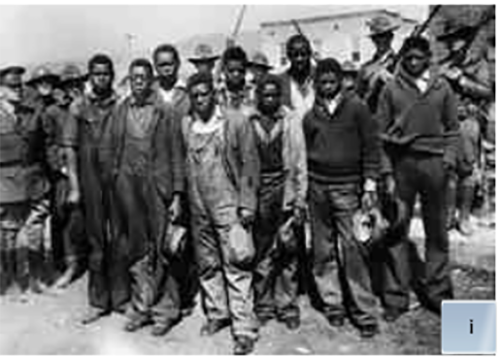
Surviving
Surviving the Depression
Americans pulled together in many different ways to help one another during the tough times of the Depression.
Tenant groups formed to protest evictions. Farm communities agreed to keep bids low when foreclosed farms were auctioned and then returned them to the owners.

The "Kind Hearted Woman"
The "Kind Hearted Woman" symbol could be found on fences, mailboxes, or doors of those who were willing to help a person in need with perhaps shelter for the night, a blanket, or a meal.
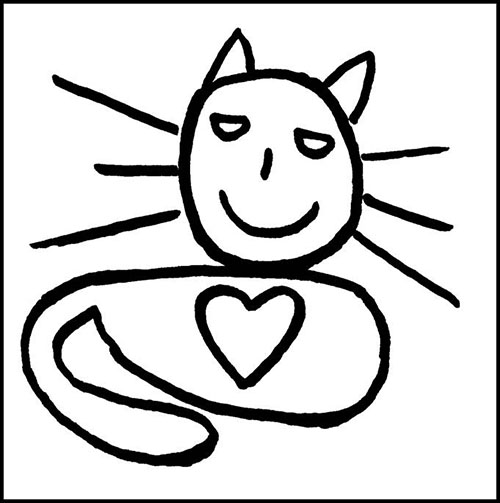
Acts of Charity
With no real social welfare system in place, charities set up soup kitchens and bread lines to handout food to those in need.

Finding Humor
Americans gritted their teeth and waited out the hard times. Jokes, cartoons, and songs kept people laughing through their trouble rather than crying. Many of the jokes were at the expense of Herbert Hoover:
- Hoovervilles were shanty towns for the homeless.
- Hoover blankets were newspapers the homeless used to keep warm.
- Hoover flags were pockets pulled inside-out with no money.

Listen to the comical song "We'd Like to Thank You Herbert Hoover" from the musical, Annie.
Signs of Change
There were several important symbols of hope, such as the building of the Empire State Building.
John J. Raskob was the developer. Construction began in 1930 and it provided jobs for 2,500 to 4,000 workers each day. The total cost for building the 102-story building was $41 million including land.

Also, in 1933, Congress passed the 21st Amendment, which repealed prohibition (18th Amendment) to make the sale and production of alcohol legal again.
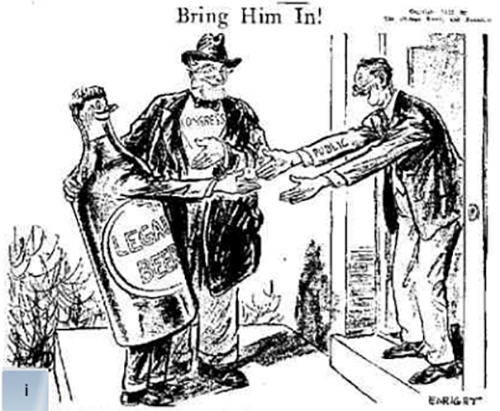
Seeking Political Solutions
Unlike in Europe, there were no widespread calls for radical political change in America. Most Americans trusted the democratic process to solve problems; however, some did seek political alternatives to democracy.
The Communist Party got 100,000 votes in 1932. The Socialist Party candidate in 1932, Norman Thomas, won 881,951 votes.
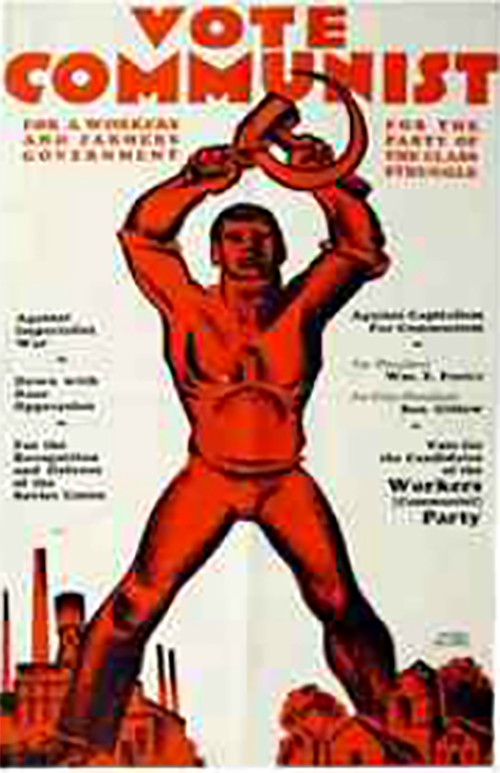
The Global Perspective
Read The Great Depression in Global Perspective to learn more about global turmoil in the 1930s from Digital History.